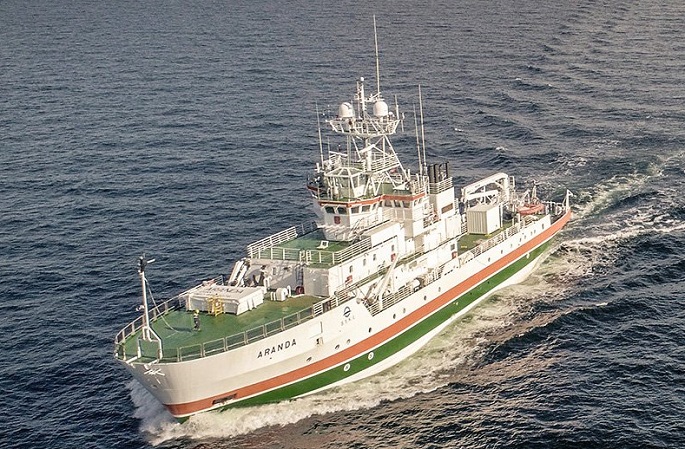More areas in Gulf of Finland suffer from O2 depletion
Published : 07 Sep 2019, 02:26
Updated : 07 Sep 2019, 09:54
The areas suffering from oxygen depletion in the Gulf of Finland have expanded from last summer, according to Finnish Environment Institute (SYKE).
The anoxic areas and areas with very low oxygen in the Baltic Proper are approximately similar in size than in the autumn of 2018, when the Swedish Meteorological and Hydrological Institute estimated them to be more extensive than ever before.
The oxygen situation in the Bothnian Sea and the Bay of Bothnia is good, like last year, as indicated by the Finnish Environment Institute’s monitoring results from summer 2019, said a press release.
The marine research vessel Aranda and Kala 6, the vessel used in 2019 for coastal monitoring, have returned from their August expeditions.
During these excursions, SYKE studied the eutrophication of the sea, the oxygen situation near the seabed and changes in the planktonic and benthic communities.
The SYKE research area covers the north-eastern part of the Baltic Sea Proper, the Gulf of Finland, the Archipelago Sea and the Gulf of Bothnia. In addition, SYKE has had in its disposal the Swedish Meteorological and Hydrological Institute’s (SMHI) new monitoring data from the Baltic Proper and the southern Baltic Sea.
The oxygen conditions in the Baltic Proper are poor, and the levels of dissolved phosphorus are high near the seabed. The anoxic areas and areas with very low oxygen levels are approximately as extensive as in 2018. These areas cover the whole deep area of the Baltic Proper including deeps to the west of Gotland. Water in the Baltic Proper is now anoxic below 70–75 metres.
Furthermore, the phosphorus levels in the deep basins of the Baltic Proper are higher than in the previous years. Under anoxic conditions, phosphate phosphorus is released from the bottom sediment and accumulated into deep waters.
The salinity in the Bothnian Sea and the Bay of Bothnia is, overall, at the same level as in previous years and the oxygen situation remains good. However, the oxygen content in the north-western deep basin of the Bothnian Sea is slightly lower than in previous years. No significant changes were detected in the dissolved nutrient levels in the Bothnian Sea and the Bay of Bothnia. Due to sills in the seabed in the Sea of Åland, the changes occurring in the Baltic Proper have not affected the state of the Bothnian Sea.
Also in the Archipelago Sea the salinity and oxygen content remain, for the most part, at last year’s level. Only in the southern parts of Skiftet the oxygen content has slightly decreased, which may be a result of the poor situation in the Baltic Proper.


